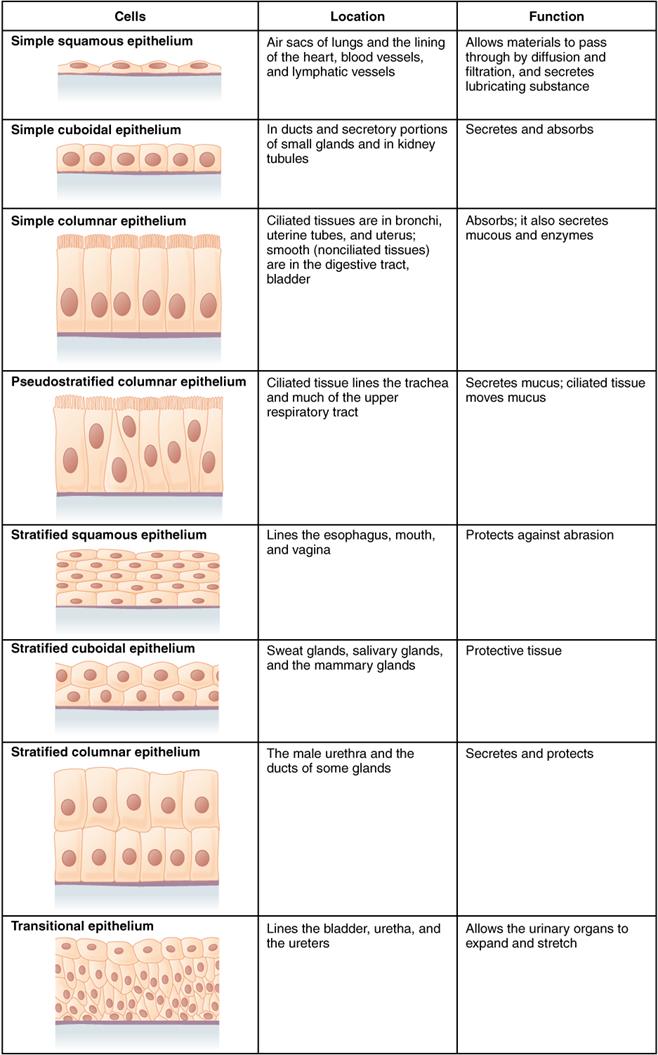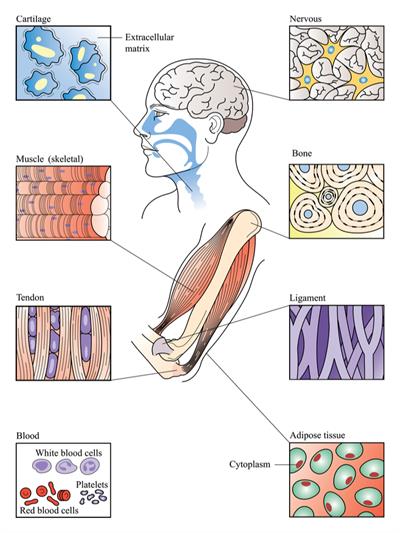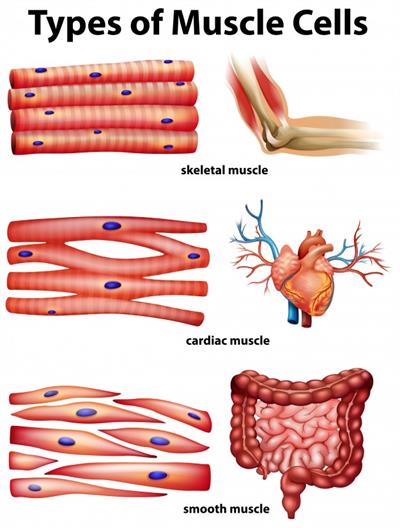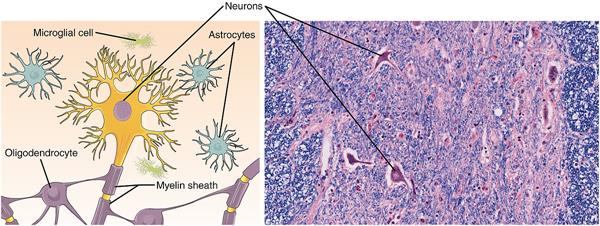PDF chapter test TRY NOW
Difference between epithelial and connective tissue:
Epithelial tissue | Connective tissue |
Throughout the animal body, epithelial tissue lines the cavity and surfaces of organs and blood vessels. | Connective tissue in the body connects and separates various types of tissues and organs. |
Cells in epithelial tissue are tightly packed together. | In connective tissue, cells are scattered around in an extracellular matrix. |
It is located above the basement membrane. | It is located below the basement membrane. |
The tissue developed from the germ layers of ectoderm, endoderm and mesoderm. | The tissue developed from the germ layer of the mesoderm. |
They perform various functions that include protection, secretion, absorption, respiration and excretion. | It is responsible for supporting and connecting organs and tissues. |
Blood capillaries do not exist in epithelial tissue. | Connective tissue encompassed blood capillaries that absorb nutrients. |
It is located in the skin, glands, organs, mucous membranes, and organs like the kidney, intestine and lungs. | It is located in adipose, bone, tendons, ligament, nerves, cartilage and muscles. |

Summary of epithelial tissue cells

Different types of connective tissues
Difference between muscular and nervous tissue:
Muscular tissue | Nervous tissue |
Muscle cells are specialised cells found in muscles that can shorten their length using a set of motor proteins found inside the cell. | Nerve cells are granular cells that serve as the nervous system's functional unit, transmitting nerve impulses across the body. |
It is also known as myocytes. | It is also known as neurons. |
The cells are multinucleated, striated, long and cylindrical. | It is made up of cyton, axons, and dendrites. |
The muscular system is composed of muscle cells. | The nervous system is made up of nerve cells. |
Sarcolemma refers to the plasma membrane found in muscular tissue. | Neurolemma refers to the plasma membrane found in nervous tissue. |
Sarcoplasm refers to the cytoplasm of muscular tissue. | Neuroplasm refers to the cytoplasm of nervous tissue. |
Muscle contraction and relaxation are regulated by muscular tissue. | The nervous system is responsible for coordinating the body's functions. |
Muscle tissue is divided into three types: Skeletal muscle, smooth muscle, and cardiac muscle. | Based on function, neurons are of three types: Sensory neurons, motor neurons and relay neurons. |

Muscular tissue cells

Nervous tissue cells
Summary:
- Tissue is a set of cells that are structurally and functionally similar.
- Epithelial, connective, muscular, and nervous tissue are the types of animal tissues.
- Epithelial tissue is categorised as squamous, cuboidal, columnar, ciliated, and glandular based on its form and function.
- Areolar tissue, adipose tissue, bone, tendon, ligament, cartilage, lymph and blood are classified under connective tissues.
- Muscle tissues are classified as striated (skeletal), unstriated (smooth), and cardiac.
- Neurons that receive and execute impulses make up nervous tissue.
Reference:
https://upload.wikimedia.org/wikipedia/commons/6/64/423_Table_04_02_Summary_of_Epithelial_Tissue_CellsN.jpg
https://www.freepik.com/premium-vector/diagram-showing-types-muscle-cells_1296621.htm
https://commons.wikimedia.org/wiki/File:416_Nervous_Tissue-new.jpg
